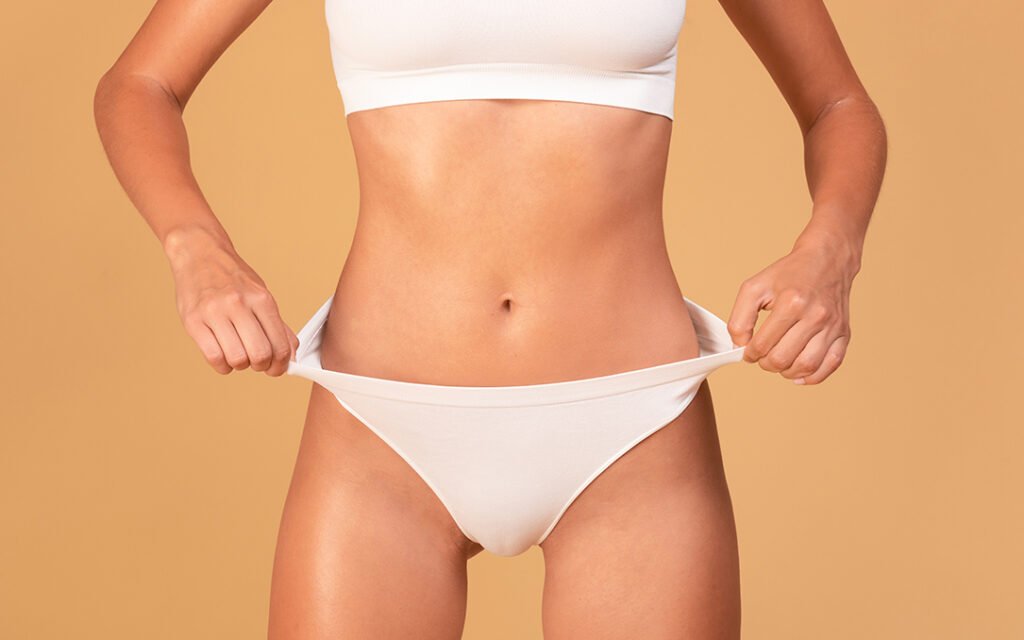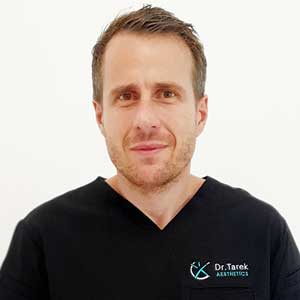Liposuction is one of the most transformative yet misunderstood cosmetic surgery procedures. Patients often wonder if liposuction removes fat cells. How much fat does it remove? What areas of the body can benefit?
Get in-depth answers to these popular questions and more in this complete guide to liposuction.
What is Liposuction?
Liposuction, also called lipoplasty or liposculpture, is a procedure that suctions out unwanted fat that is hard to get rid of through diet and exercise alone. A plastic surgeon inserts a small, thin tube called a cannula through tiny incisions in the skin into the fat layers underneath. The surgeon then uses the cannula to vacuum out the fat.
Dubai Liposuction is a cosmetic surgery procedure that removes excess fat from the body to help people achieve their desired shape and contour. it is a popular option for those looking to enhance their appearance in dubai.
Book A Consultation With Dr Tarek Bayazid
Top-rated Plastic Surgeon For Liposuction in Dubai
Liposuction can be performed on nearly any area with unwanted fat, including the hips, belly, thighs, arms, back, and face. It results in a better contour and shape of your body by removing these stubborn fat deposits.
How Liposuction Removes Fat
During liposuction, a plastic surgeon makes tiny incisions and inserts a small stainless steel tube called a cannula into the fat layers underneath your skin. The cannula is attached to a high-pressure vacuum which literally sucks the fat cells out of the body.
What fat cells does liposuction target? The procedure removes subcutaneous fat, which is the fat just under the skin, above the muscles. It does not remove visceral fat, which is the deeper belly fat surrounding organs.
So, yes, liposuction removes fat cells from the body, specifically subcutaneous fat cells.
Does Liposuction Remove Fat Cells Permanently?
A common myth about liposuction is that all the fat cells removed are gone permanently. But here are the facts:
- Liposuction removes about 20-40% of the fat cells in a treated area
- The remaining fat cells can still expand if you gain weight
- If you maintain a healthy lifestyle, your contours stay improved
- If you gain weight after liposuction, fat cells in other areas may get bigger
So, while the exact fat cells suctioned out during liposuction are gone for good, you still need to watch your diet and exercise to maintain your new body shape.
How Much Fat Can Liposuction Remove?
Most plastic surgeons remove 4-6 litres (or 8-12 pounds) of fat in one liposuction treatment. Some techniques allow up to 8 litres.
There are safety limits on how much fat can be removed in one session:
- Large-volume liposuction is defined as over 5 litres
- Should not remove more than 5 litres total in one day
Removing too much fat at once increases the risks of fluid imbalance, infection, embolism, and even death. Most reputable surgeons follow evidence-based safety guidelines when determining how much fat to suction out during liposuction.
Ideal Candidates For Liposuction
Although almost anyone can get liposuction, the best candidates are:
- At or near their ideal body weight
- Have good muscle tone and firm skin
- Do not smoke or have health conditions like diabetes
- Have isolated fat bulges (not all over obesity)
- Have realistic expectations about liposuction results
You should be in overall good health to safely undergo liposuction. The procedure is not intended as a weight loss solution for obesity. Talk to your plastic surgeon about whether you make a good liposuction candidate.
Liposuction Techniques
There are several liposuction technique s plastic surgeons use to maximise fat removal while minimising side effects like bleeding and soreness. Common techniques include:
| Liposuction Type | How It Works | Benefits |
| Tumescent Liposuction | The standard method uses a numbing lidocaine solution injected before the fat is suctioned out. | Reduces bleeding and discomfort during and after the procedure. Allows removing larger amounts of fat safely. |
| Ultrasound-Assisted Liposuction (UAL) | A special cannula emits ultrasonic energy to liquefy fat for easier removal. | Better for removing fat from dense, fibrous areas like male breasts or upper back. |
| Laser Assisted Liposuction | Laser energy helps break up and melt fat prior to aspiration. | Promotes skin tightening. Useful for small areas. |
| Power Assisted Liposuction (PAL) | A powered cannula moves rapidly back and forth to aid in fat removal. | Quicker procedure. Pulls fat out more easily. Useful for athletes or men with firmer fat. |
The table outlines four different liposuction techniques – tumescent, ultrasound, laser, and power-assisted liposuction. It explains how each method works to remove fat, as well as the unique benefits of each. This table provides readers with a deeper knowledge of the options for their treatment method based on their specific goals and needs.
Liposuction Risks And Side Effects
While serious risks are rare when an experienced, board-certified plastic surgeon performs liposuction, some potential temporary or permanent side effects include:
| Risk/Side Effect | Description | Management |
| Swelling | Temporary fluid retention and inflammation cause swelling after the procedure. Peaks at 3-5 days. | Wear a compression garment. Follow post-op instructions. |
| Bruising | Bleeding under the skin causes black/blue markings. Lasts 2-4 weeks typically. | A normal part of recovery. Fades over time. |
| Numbness | Numb skin is a common short-term result of nerve inflammation. | It usually resolves within a few weeks. |
| Scarring | Small scars form where incisions are made to insert a cannula. | Fade and minimise over time. Proper care helps. |
| Infection | Rare. Increased redness, drainage, warmth, and fever could indicate infection. | Seek medical care for antibiotics. |
| Contour irregularities | Visible dents, lumps, or divots in the skin can happen if technique issues. | Further correction surgery may be required. |
| Loose skin | Excess skin may occur after removing large amounts of fat. | Added skin tightening procedures are sometimes needed. |
Make sure you understand all the possible liposuction risks and follow your surgeon’s post-op care instructions closely to prevent complications. “Liposuction’s Impact on Cellulite?” is about how liposuction, a fat removal surgery, can affect cellulite, the bumpy fat on our bodies. It’s like asking if vacuuming can change the look of a bumpy carpet. Liposuction Fat Relocation is a process where doctors take out extra fat from one part of your body and put it in another part that needs more fat. It’s like moving your fat from one room to another in your body-house!
Liposuction Recovery And Results
Most patients need around 1-2 weeks off work to recover from liposuction. The treated area will be swollen, bruised, and sore for a few weeks. Results start to show over the next 3-6 months as the swelling goes down and your contours take shape.
- See initial results after about 4-6 weeks
- Continues improving for 6 months up to a year
- Wear a compression garment for 1 month to reduce swelling
- Avoid vigorous exercise for 2-4 weeks as incisions heal
- Bruising may last 2-4 weeks
With a healthy lifestyle, your new body shape can last for years to come. However, significant weight gain can impact results since you still have fat cells that can expand.
Liposuction offers a powerful way to eliminate diet and exercise-resistant fat for good, leading to a leaner, better-contoured figure. However, results rely on choosing an experienced plastic surgeon like Dr. Tarek Bayazid to develop your customised treatment plan.
An initial consultation with Dr. Bayazid will help determine if you’re a candidate for liposuction, which technique best suits your needs, what results you can expect, and details on recovery.
Book a consultation for liposuction today to learn more about reshaping your body.
FAQs About Liposuction
Have more questions about liposuction? See answers to some commonly asked questions below.








Related Posts